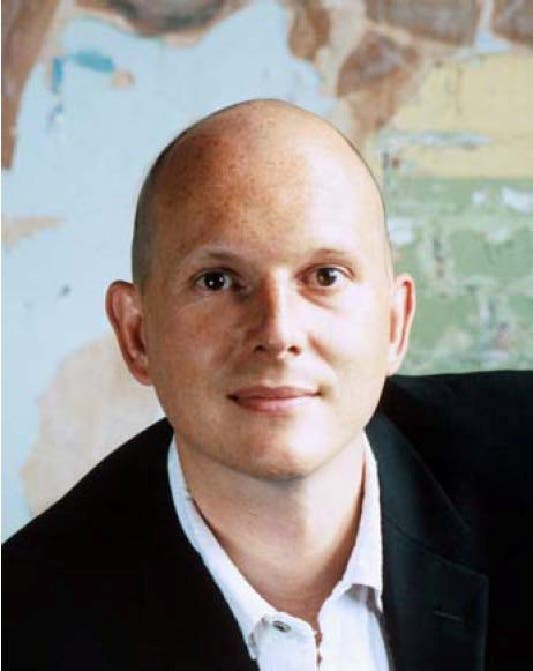Retrospective: Phil Harrison
Reflecting on Harrison's 15-year career at Sony.
There are three distinct types of people who sit at the high tables of the console business - those who started out in engineering, those who started out in sales and management, and those who started out in development and design. You can, if you want to apply broad brushstrokes to the whole market, divide up the three platform holders according to those definitions.
If Nintendo is the company primarily run by executives who started out making games, and Microsoft's top dogs mostly walked the marketing and sales path to their seats of power, then Sony's story in recent years is one of transition - from the engineers who started up SCE, to the sales and management guys who have gradually replaced them. With dyed-in-the-wool engineer Ken Kutaragi removed in favour of lifetime sales and marketing type Kaz Hirai, the transition seems complete.
In the midst of all this, Phil Harrison has been an anomaly. Twenty years ago, Harrison took early steps into the games business as a graphic artist and game designer, working for hire in the flourishing UK development scene. By the time he became one of the most public faces of the PlayStation, he was a seasoned executive - but Harrison's roots in development have always been evident, and have always made him into a distinctive part of the Sony machine.
Development Roots
After spending five years heading up development for the then-successful British publisher Mindscape International, Harrison joined Sony in 1992 - an early arrival to the firm's nascent games business. Sony Computer Entertainment hadn't even been officially formed at that point, and it would be another two years before the PlayStation launched in Japan.
Harrison's job was to sell the concept of the PlayStation to the European game development industry, convincing a market largely beholden to SEGA and Nintendo that there could be a third way - and that Sony was very, very serious about games. At the same time, he was also responsible for building Sony's in-house development abilities, in the form of the SCEE London Studio.

Years later, that same studio would be instrumental in making Harrison into a figurehead for a new kind of gaming, precipitating a radical shift in how the PlayStation - and gaming as a whole - is seen by the public, and possibly even driving a serious wedge between Harrison and his bosses in Japan. In the early nineties, however, as the launch of the PlayStation approached and Sony began to secure its place at the heart of the industry, that was still a long way down the road - and for now, Harrison's sights were set a long way from London.
In 1996, with the PlayStation successfully launched all around the world, Harrison crossed the Atlantic and took up a position at SCEA. For the next four years, he would work there as Vice President of Third Party Relations and Research and Development - a similar role to the one he had held in London, but on a larger scale, with all of Sony's North American software development, both internal and external, under his control.
When Harrison returned to the UK, Sony's place in the games industry had been transformed. He left in 1996, when a promising launch for the PlayStation was allowing the company to establish itself as a serious player. By 2000, Sony wasn't just a serious player - it was the only serious player. PlayStation had demolished the opposition in the previous generation, and even the threat of its successor, PS2, had been enough to cripple SEGA's Dreamcast. With Nintendo's re-entry to the market still far off on the horizon, and Microsoft finding it tough to garner any credibility for its Xbox plans, Sony was on top of the world.
For the next five years, Harrison reprised his role once more in Europe - keeping a watchful eye on both the firm's third-party developers, and its first-party products. With thirteen years of managing software development in Europe and North America for the PlayStation and PlayStation 2 behind him by 2005, there can be no doubt that Phil Harrison put his stamp firmly on the success of both consoles - even if, within the global, sprawling entity that is Sony, it can be hard to establish exactly where one man's contribution ends and another's begins.

